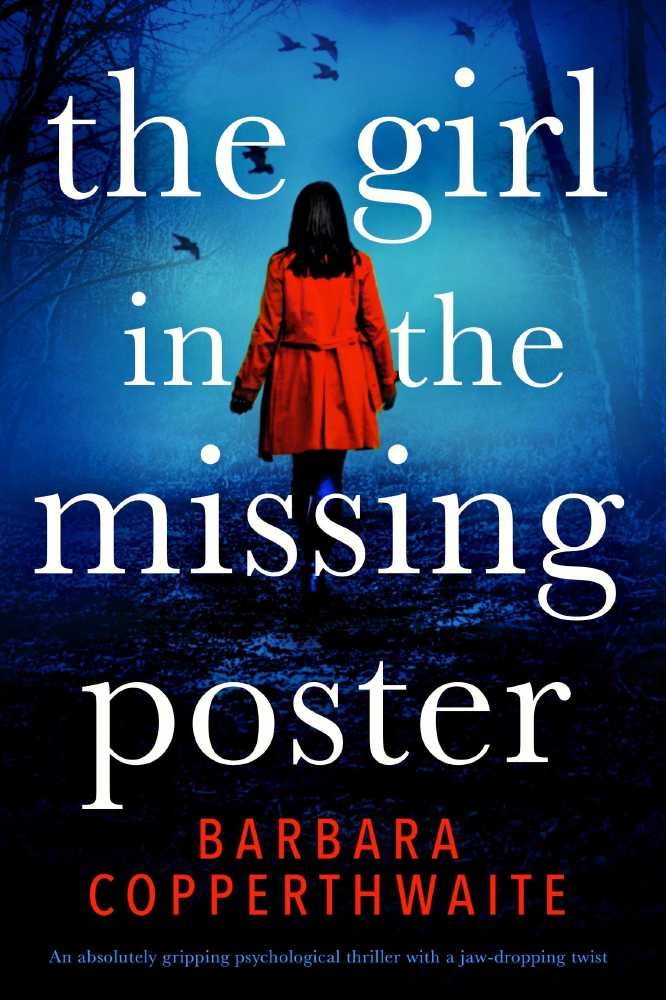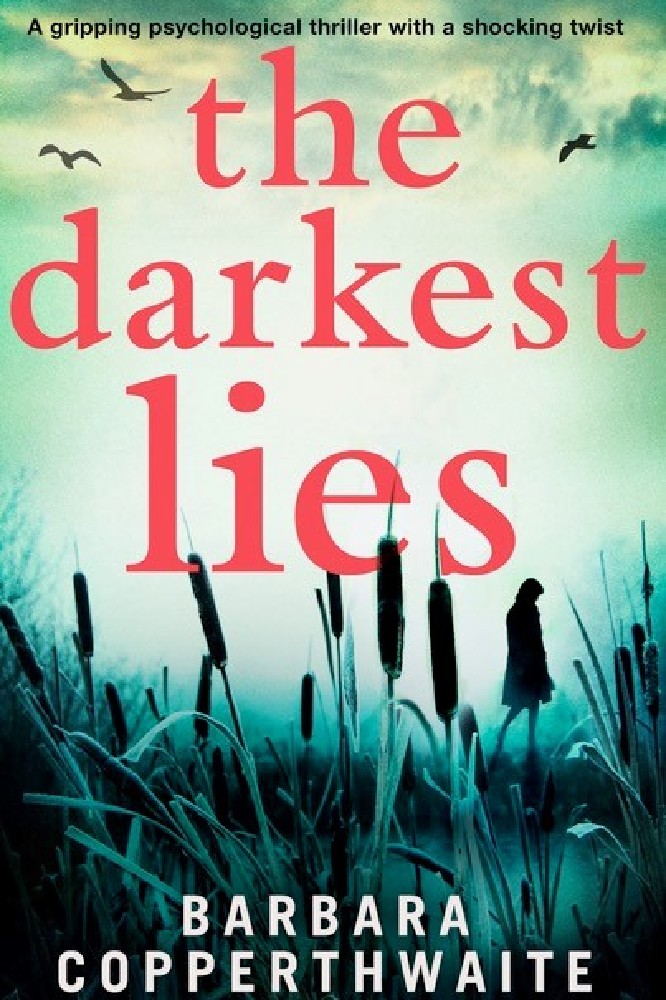1. I did a lot of research for my latest book – including being shut in a car boot!

The Girl in the Missing Poster
My partner was incredibly nervous about the whole thing and urged me: ‘Get in quick, before anyone sees and calls the police.’
I hopped inside the boot and he put it down but refused to close it.
‘Go on,’ I insisted. ‘It’s fine. I need it shut.’
He wasn’t happy, but he did it in the end, and immediately kept asking me if I was okay. Luckily, I was – and I’d brought my phone with me just in case the boot got jammed, and we’d also undone the clasp that held the back seats in place, just in case I needed to get out quick.
Paul couldn’t open the boot up fast enough, and I was pretty keen to get back to my laptop by that stage. As he helped me out, we couldn’t help noticing the expression of someone on the opposite side of the road, who was parking their car.
‘It’s okay, I wanted him to do it,’ I called, laughing. Judging from their expression, I’m not sure that explanation helped…
It definitely helped with my research, though, and added another layer to what I’d created.
2. I have two dogs, Scamp and Buddy, and they both feature in my latest psychological thriller, The Girl In The Missing Poster, along with my dog Buster, who passed away seven years ago. It’s been lovely immortalising my furry friends, from Scamp’s tennis ball obsession to Buddy’s love of trying to catch flies all summer, but more than that is their love, loyalty and irrepressible joy – something which is so important to my main character, Stella Hawkins.
Stella is a dog behaviourist, and spends her days watching the body language of canines and their owners in order to solve behavioural issues, so it made sense to me that she would have several dogs herself, who would be her world. After all, she doesn’t trust people, not after her sister disappeared 25 years earlier, so her dogs are her family and best friends.
But when someone starts emailing her claiming to be the person responsible for her sister’s disappearance, they take away her ‘superpower’ as she can’t read body language in the written word – and this is just one of many things that makes her vulnerable as she wrestles with deciding just how much she’s willing to give to discover the truth of what happened to her sister.
3. I spent 25 years as a journalist, working for various national magazines and newspapers - so I really enjoyed writing the documentary chapters of The Girl In The Missing Poster, which are scattered between Stella’s sections (told in the first person). It felt totally natural to me to be writing as a journalist would, and the book features many facts and figures that are real, and are correct at the time of writing.
4. I have long-term health problems which really kicked in three years ago, bringing my writing career to a halt just as it had taken off. I feared I’d never write again. Suddenly, this idea hit me of a woman taking part in a documentary to mark the 25th anniversary of her sister’s disappearance and appealing for information – and someone getting in touch to say they are the killer…
Two years after the initial idea, it is being published. No matter what happens, I’ll always be incredibly proud of The Girl In The Missing Poster because it represents how far I’ve come personally.
5. I’m addicted to true crime documentaries such as The Staircase. It was something that started when I was at the beginning of my recovery, and I devoured them. One day I was watching a programme about the murder of BBC presenter Jill Dando, and her brother, Nigel, said something at the end which really struck a chord:
‘I just wish someone could explain to me – or a judge and jury – and tell me why they killed her. It makes no sense to me. It will never make sense to me.’
I wrote it down, thinking: how would the killer feel if s/he is watching? What if they were moved to get in touch and explain, or even apologise? What chain of events would be triggered by that…?
From that moment, I was haunted by the idea and The Girl In The Missing Poster was born.
6. When I was in my early twenties I spent a short time working in HMP Barlinnie, a high security men’s prison in Glasgow. I met some fascinating people there, who sparked the idea for my first novel, Invisible – although I didn’t start writing it until many years later.
7. When I’m writing I find listening to the right music really helps me get into the mood of the characters. For example, while writing Flowers For The Dead, I listened to classical music constantly, as it so suited the main character, Adam (a man torn between a desperate search for love and a twisted logic that leads him to kill). Birdsong was on constant play while writing The Darkest Lies, because so much action happens out on the salt marshes. The Girl In The Missing Poster makes constant references to what was happening 25 years ago, when Leila disappeared, and so I listened to a lot of 80s and 90s club classics.
RELATED: 10 Things I'd Like My Readers To Know About Me By Barbara Copperthwaite
Barbara Copperthwaite is the bestselling author of psychological thrillers INVISIBLE and FLOWERS FOR THE DEAD. Her new book, THE DARKEST LIES, is out today. To celebrate its release, we asked her to tell us a little bit about herself... to read more click HERE


